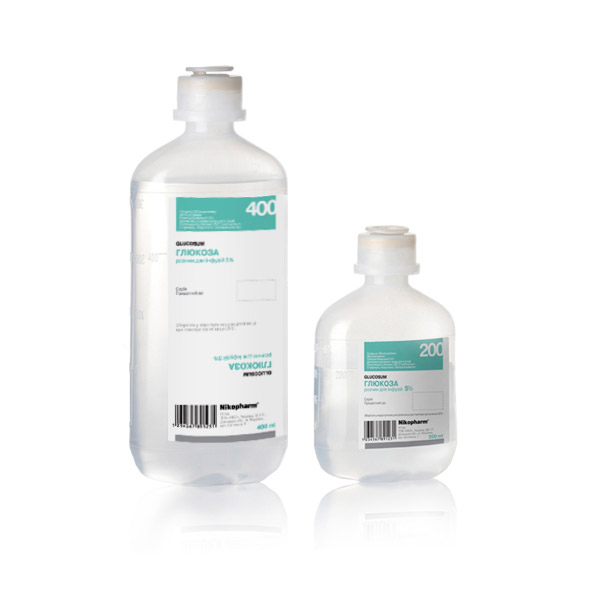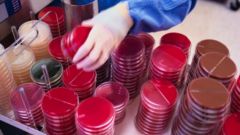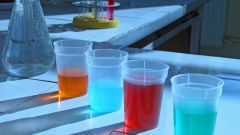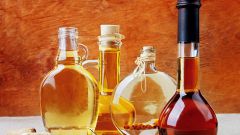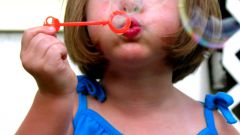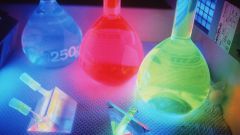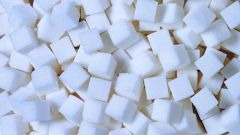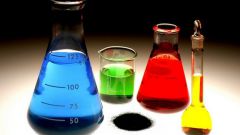Instruction
1
Remember that often in my daily work, doctors prescribe 5 and 40% solutions of glucose. However, in some cases, there is the need for other dilutions, it is about 10% and 20% concentrations.
2
Consider and remember techniques for obtaining 1 liter of a 40% solution of glucose, which can be the basis for making similar compositions of other concentrations. Take a sterile measuring utensils, and the powder glucose and the solvent. As a rule, as is purified water corresponding to GOST FS 42-2619-89. Glucose is better to take in a larger quantity from the evaporating her in the process of preparation.
3
Calculate the required mass fraction of the components according to the formula: (A*100)/(100-B),
where a - mass of anhydrous glucose, and B – the percentage of water in it (this is the adjustment for evaporation). Thus, put 440 grams of glucose with 10% moisture in a volumetric flask, fill it with a small amount of hot water and leave until complete dissolution and cooling, and then bring the water volume up to one liter and filter.
where a - mass of anhydrous glucose, and B – the percentage of water in it (this is the adjustment for evaporation). Thus, put 440 grams of glucose with 10% moisture in a volumetric flask, fill it with a small amount of hot water and leave until complete dissolution and cooling, and then bring the water volume up to one liter and filter.
4
If quantitative content of the substances and therefore the concentration of the solution is higher than required, fix the concentration is possible by increasing the amount of water, the volume of which is calculated by the formula:X=(A*(S - C))/, where X is the volume of water required for dilution and expressed in ml; a is the volume of the resulting solution in ml; B is the desired percentage concentration of the solution; C is the actual percentage concentration of the solution.
5
In conclusion, attach to the bottle with the contents of a label specifying the concentration of the solution and the name and the batch number and date of manufacture.
6
Store the prepared fluid, given the physico-chemical properties of the initial substance. Definitely in an airtight container and place, protected from sunlight and temperature not exceeding + 25°C.
